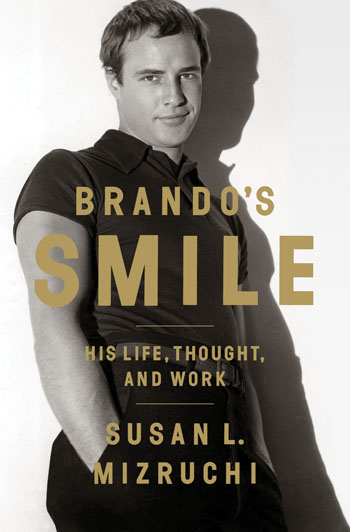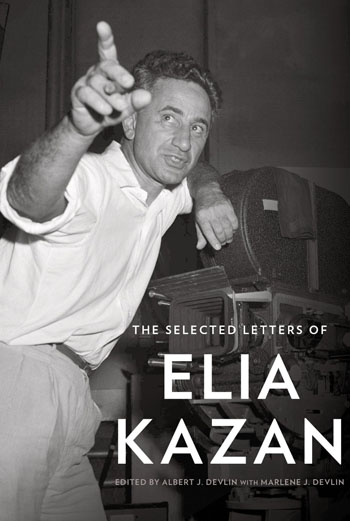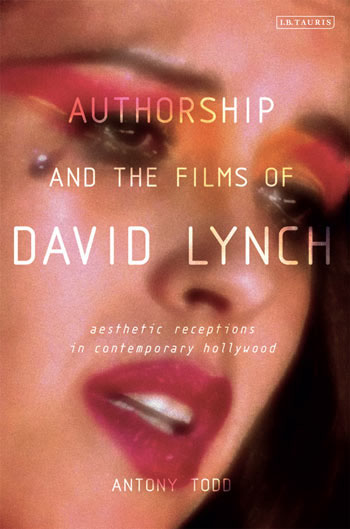We’ve mentioned Brando’s Smile: His Life, Thought and Work before—reviews from David Kirby and Carrie Rickey and Leonard Lopate‘s interview with author Susan L. Mizruchi—but two especially noteworthy reviews have appeared this weekend.
“For the first time among his biographers, Mizruchi had access to Brando’s library of more than 4,000 books complete with his personal annotations,” notes Antonia Quirke in the Financial Times. “The received wisdom is that Brando rarely put any effort into his roles post-1960, retreating between bloated paychecks to his Tahitian atoll, his great belly an emblem of self-destructiveness, terrible visual proof of the burden of his prodigy. But delightfully—and this is the central revelation of the book—the stack of note-encrusted scripts Mizruchi examines (Mutiny on the Bounty, 1962, Last Tango in Paris, 1972, Apocalypse Now, 1979, and many others) prove how continually interested in the process of acting Brando was.” That said, “in many ways, this book presents a gorgeous dream of Brando—the telekinetic scholar, bent sweat-damp over his studies… I wonder at the urge to reframe him at all. Why must we require great intellect in him? Can’t we leave him as he was: a beautiful maelstrom of dissembling? And yet this always interesting, addictive book (I didn’t move for two days) does repeatedly demonstrate how brilliantly Brando dreamt himself up.”
For Wesley Morris, writing for the New York Times Book Review, “access to Brando’s intimate thoughts appears to have gone to Mizruchi’s head. She’s written academic books on the complexities of race, including Becoming Multicultural: Culture, Economy, and the Novel, 1860-1920. In this new book, however, she’s an enthusiast first and a critical scholar on matters of race, gender and social politics a very distant second, skipping opportunities to unpack Brando’s performances as nonwhite characters in Viva Zapata! (1952) and The Teahouse of the August Moon (1956). It’s not that those parts are indefensible; it’s that we’d expect a scholar with Mizruchi’s background to enjoy taking a crack at an interpretation. The same goes for the feminist response to Last Tango in Paris (1972), which she dismisses in a sentence…. Still, you do leave the book with a better understanding of Brando. It’s Mizruchi who remains confounding.”
Also in the NYTRB, Charles Isherwood writes that Elia Kazan’s “momentous body of work in theater and film… testifies to his unstoppable drive and restless energy, qualities that spring from almost every page of The Selected Letters of Elia Kazan, a meaty volume edited by Albert J. Devlin with Marlene J. Devlin.” Kazan’s “capacious career… was one that he himself memorialized exhaustively, and with unusual frankness, in his big slab of an autobiography, Elia Kazan: A Life (1988). That book is necessary reading for anyone interested in American theater and film. The letters offer highly readable amplification, and confirm just how forthright Kazan was in his memoir.”
“There are some 20 or 30 books about [Laurence Olivier], not counting many more in which he merely figures prominently,” writes John Simon (who turned 89 in May, in case you, like me, were wondering). “I suspect, however, that the latest biography, Philip Ziegler’s Olivier, may well be the best yet—perhaps even definitive—not only because it is so widely researched and readably written, but also because so much new material has become available to make such ample use of.”
There are three book reviews in the new issue of Alphaville, which we’ll be looking at again in another entry. In Dark Borders: Film Noir and American Citizenship, Jonathan Auerbach “examines ‘issues of national belonging’ and the pressing nature of politically motivated ‘worries over delineating borders’ in the 1940s as the primary concern emerging in a number of films one might define as noir,” writes Christina Parker-Flynn.
Deborah Mellamphy writes that, in Authorship and the Films of David Lynch: Aesthetic Receptions in Contemporary Hollywood, Antony Todd “explores Lynch as the ruling agency in his films, whilst also acknowledging the collaborative nature of filmmaking, arguing that Lynch exemplifies the freedom and hybridity of the postclassical auteur in terms of theme, aesthetic, structure, and form.”
And in Performing Authorship: Self-Inscription and Corporeality in the Cinema, Cecilia Sayad “looks at authors’ impulses to assert not only their views, but also their bodily presence, their place in the space of the work and their relationship with the surrounding world,” writes Laura Busetta.
Reviewing the sixth edition of David Thomson’s New Biographical Dictionary of Film and Kenneth Turan’s Not to Be Missed: Fifty-four Favorites From a Lifetime of Film for the Washington Post, Dennis Drabelle takes a look at Thomson’s top ten, as listed on the ballot Thomson sent to Sight & Sound in 2012, and notes: “Except for [Lubitsch‘s] The Shop Around the Corner [1940], his 10 and Turan’s 54 coincide not at all—proof that two of our best critics can size up the art of film in almost entirely different ways.”
From Cinephilia and Beyond: “Our friend Alex Belth just released The Dudes Abide: The Coen Brothers and the Making of The Big Lebowski, over at Kindle Singles.”
For news and tips throughout the day every day, follow @KeyframeDaily. Get Keyframe Daily in your inbox by signing in at fandor.com/daily.






